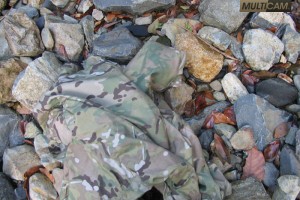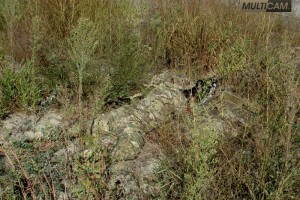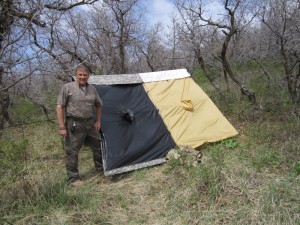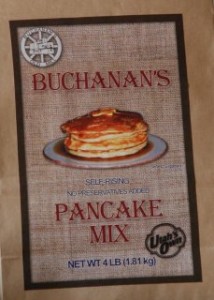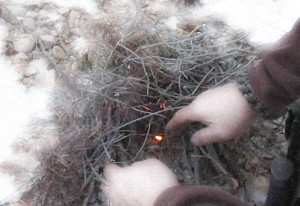I don’t even know how many stoves there are out there, perhaps a hundred in North America, then add Europe to the mix and go from there. Surely there are many hundreds of them. It can be dizzying trying to evaluate them all, especially if you get into all the reviews and the specs for each.
Years ago when I was in the electronic security business at times a problem would crop up in some large commercial building that could be daunting to pin down. I found that by dividing the system and seeing if the problem was in front of or behind that point, then dividing again and so forth, it was not so hard to isolate the problem. We can apply the same type of thinking in deciding what stove to buy.
In reality, there are many stoves that can satisfy your needs, it’s more a matter of preferences based on how you will use it. I have many stoves, I don’t know how many, lots. Some for family camping, some used in truck camping, some for winter inside a shelter, some for emergency only, and so on.
Start by asking, what is the next stove needed for? With the purpose being defined the field can easily be pared down by at least three quarters. I’m all about multi-purposing, but that can only go so far in practical terms. It will certainly be the case that you will need a few stoves. For my home preparedness, I like to have stoves that operate on different fuels, just in case. Propane, white gas, wood, butane, alcohol, etc.
A CAUTION– don’t get sucked in too deeply by the, “how fast can it boil two cups of water,” argument. Originally it served as a reference to what the stove could do in performance (BTU’s), it has become obsessive to some degree these days. Many, not all, of the high output stoves will guzzle lots of fuel, so be aware of that. For me it’s nice to know, but really is it going to kill me if it takes another minute or two to boil some water? If I’m out camping I could care less, I want to relax and I don’t care that much. The other thing for me is I’m not a huge fan of pasta based meals, I prefer to do a little cooking, and so I’m not a “water boiler.” Many stoves for example will not throttle down to a simmer, if you can’t do that, you can’t cook.
Obviously it’s going to take more than this little blog to really evaluate stoves, so we’ll do some follow up posts. For now below is a list of things to consider in selecting a stove to fit your purpose.
- Portability – stationary kitchen stove or fireplace, BBQ grill, ultra lite backpack stove
- Size of cooking task – Family meal, a couple people, just yourself, also average pot size used
- Compactness – does the stove break down small for storage? If not can things be stored in it?
- Fuel – type of fuel or multi-fuel, fuel availability, temperature considerations, energy output
- Adjustable heat output, can it go down to a simmer?
- Fuel consumption – this can be crucial in how much fuel to take or store
- Weight – this is mostly for mobility in a backpack, 72 hour kit, or Bug Out Bag where weight is a big factor
- Quality – how well made the stove is, ease of use, durability, movable parts secure
- Cost – look for value, weigh feature value to cost, some features may not be worth it
Finally don’t get too stressed out, there are lots of great stoves out there that will work just fine for you, buy a stove that meets the purpose you need it for and chances are you’ll be happy. Ideally if you can see stoves in use at a campout or such that will help greatly, ask a few friends. Watch here for the next installment where I’ll cover some details about the above items.
FYI stove in picture: back row l-r, Canadian Coleman Propane 2 burner; Generic Butane; MSR white gas; Pocket Stove for Trangia Spirit burner, twigs, or Esbit Tabs; Mojo Stand for Spirit Burner, Emberlit Mini Titanium for twigs or Spirit Burner: Front row l-r, Firebox Folding Stove for twigs, Spirit Burner, Esbit tabs, Granular and Pellet fuels, Charcoal Briquets, etc; Svea 123 Stove, white gas; Wilderness Innovation turbo’d Hobo style twig stove for twigs.
Until next time, this is Perry Peacock, Simplifying Survival




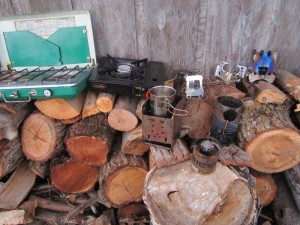
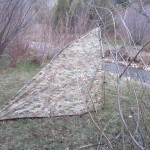
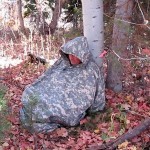
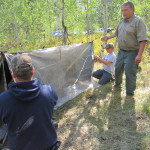
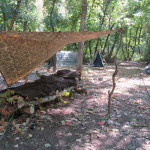
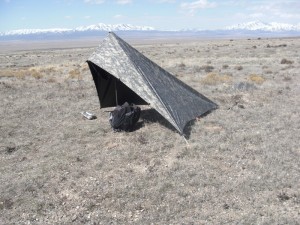
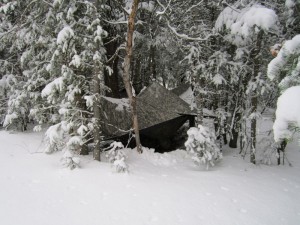
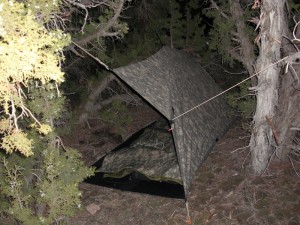
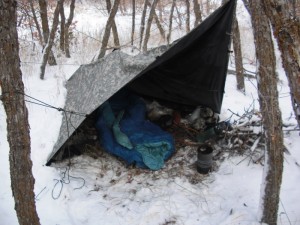

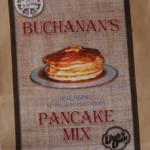
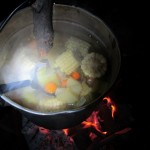
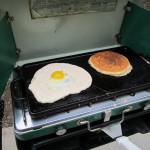

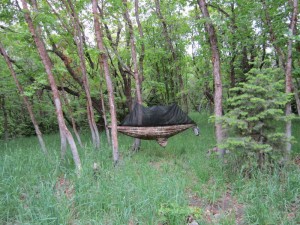
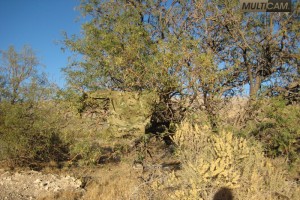 And even though an object may be seen, it becomes somewhat indistinguishable and uninteresting to the observer and so it is not noticed readily.
And even though an object may be seen, it becomes somewhat indistinguishable and uninteresting to the observer and so it is not noticed readily.